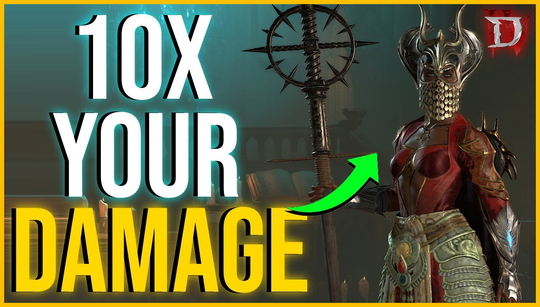Diablo 4 damage buckets explained
Creating a powerful build in Diablo 4 requires knowledge of the game's core systems, including the damage bucket system. This guide will explain how the commonly misunderstood damage bucket system works, the different damage categories, and provide tips on how to increase your damage for virtually every build.
In the simplest terms, damage buckets are different damage categories that interact with various damage modifiers. While leveling, you'll encounter weapon damage, skill damage, and a few multiplicative damage modifiers on your skill tree.
As you progress to the endgame, you'll acquire gear with critical damage modifiers, vulnerability modifiers, and affixes that provide massive bonuses to your damage under certain conditions. Stacking the same modifier multiple times is additive, while different damage types multiply with one another, resulting in skyrocketing damage. This is known as multiplicative scaling.
Let's take a closer look at the math behind multiplicative scaling. Suppose your build has three sources of bonus damage, each giving +30% damage. Here's how the math plays out:
Additive example:
30% + 30% + 30% = 90% bonus damage
Multiplicative example:
(1 + 0.3) x (1 + 0.3) x (1 + 0.3) - 1 = 1.197 - 1 = 19.7% bonus damage
As you can see, the multiplicative example yields more damage. Investing into multiple damage types can lead to significant damage output. Additionally, multiplicative scaling allows for more flexibility in gear choices, as it doesn't require specific affixes.
By understanding the different types of damage stacking, such as weapon damage, criticals, and more, you can create a powerful damage build in Diablo 4. Mastering these concepts will help you outmatch your foes and excel in endgame activities.















